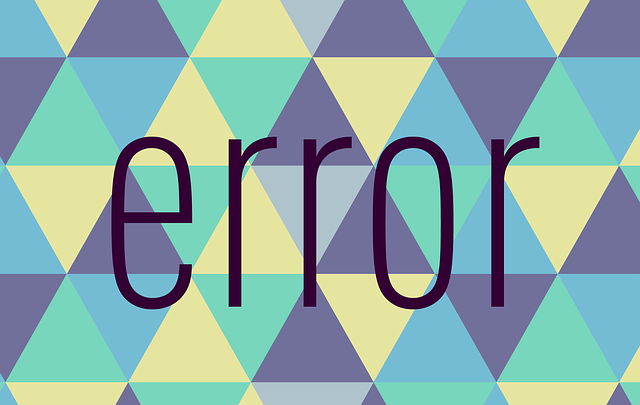
Is pharmacist-led education critical in reducing medical prescribing errors?
Two studies carried out in Victoria revealed effective ways to reduce medication prescribing errors and promote patient safety in the Australian healthcare system.
The first paper, published in the Journal of Pharmacy Practice and Research (JPPR) and authored by Dr Jared Gursanscky noted that pharmacist-led education could help reduce medication prescribing errors by one third.
“Prescribing errors are common and known cause of adverse patient outcomes – we found targeted pharmacist-led learning reduced the rate of errors by 36% compared to education without regular pharmacist involvement.
“Informal feedback between these professionals is common in hospitals – our findings show there could be merit in formalising a program of pharmacist feedback and education” Dr Gursanscky said.
Ways to reduce medication prescribing errors according to this research are:
- Pharmacist-led education
- Regular targeted feedback from pharmacists
- Education from clinical pharmacists to small groups of junior doctors as opposed to e-learning support only
- Formalising a program of pharmacist feedback and education as opposed to informal feedback
To strengthen the evidence of the vital role pharmacists play in alleviating medication prescription blunders, another study based on data collected and analysed in eight Victorian hospitals attributed the high rate of errors to the acquisition of and transition to new technological systems used in the process.
The study detailed these ways to efficiently reduce medication prescribing errors:
- Concurrent vigilance when transitioning to usage of new technological systems
- Ongoing education and training
- A more intuitive software design that decreases complexities of menus and displays
Investigator Melita Van de Vreede said, “A third of comments highlighted clarity and legibility of information as a key benefit of electronic medication management systems (EMMS), triple the rate of response for the next noted advantage.
“There were positives in the negative responses, too; of the three key issues identified – incorrect patient selection, incorrect dose scheduling and issues around medication administration documentation due to misreading orders, dose schedules or incorrect sogn-off – we believe all could be addressed through more intuitive software design that decreases complexities of menus and display.”
More articles on My Health Career:
